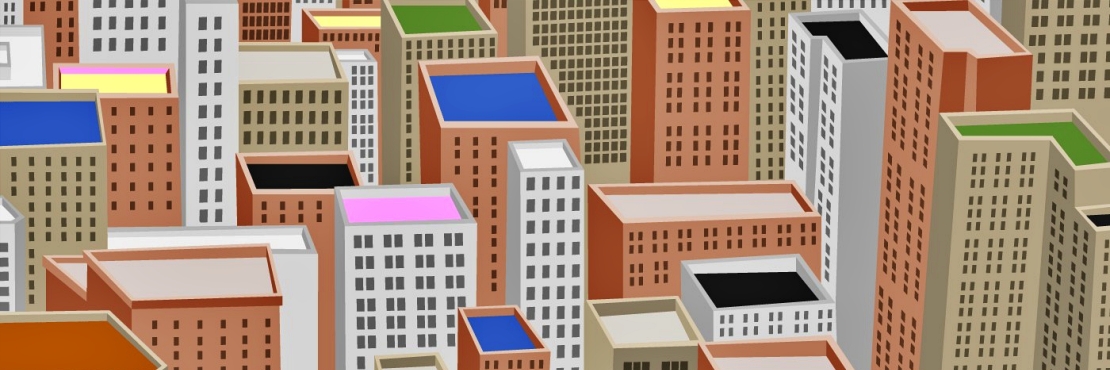Kyle Hagerty of Propmodo writes:
Most commercial rooftops are resigned to house HVAC equipment, lined up in neat rows high above the street. As important as these units are to the building they are taking up some of the building’s most valuable and versatile space. Now developers and owners are starting to see new possibilities. Depending on what you do with a roof, it can serve as a building amenity, efficiency enhancement, storm mitigation, or source of locally grown food. Across urban environments, rooftops are finally getting the thought they deserve from designers, architects, and engineers.
The first step in understanding a roof’s possibility is structural analysis. Unlike basements, mostly backed by a foundation or solid ground beneath, rooftops have a maximum load capacity that if exceeded can result in collapse. How much a rooftop can hold is the basis of its potential. Next is to know the current condition or future state of the rooftop membrane, the water-tight covering or coating that keeps the building sealed from the elements. Those two elements are the most important factors in rooftop design.
“Over the past couple of years, owners and developers are incorporating rooftops as usable space in urban environments…” Andrew Benenati
Director of Estimating
Furbish
Nearly as important is rooftop access. Many existing buildings only have some form of maintenance access, making converting the roof into a higher use difficult. Local laws also have a major impact on a roof’s potential. With the variety of rooftop enhancement options available, there’s likely at least one improvement that can be made for every building as long as you understand structural and legal limits.
Higher loads can support a wider array of rooftop uses. A green roof or rooftop garden can be surprisingly heavy, laden with soil and vegetation. Rooftops with lighter loads can still utilize things like lightweight solar panels or bee boxes for pollination. Amenities spaces like rooftop lounges, bars, and pools require public access, complicating rooftop design by necessitating guard rails and other safety measures. It’s also important to consider any work being done on the rooftop is going to come at a steep price. But with this price comes massive potential upside. A good rooftop pool can make headlines, drawing eyes to new developments. Studies have shown patrons tend to stay longer at rooftops venues. Green rooftops have been shown to reduce stormwater runoff and lower the urban heat island effect. Solar panels can augment energy costs, paying for themselves in less than five years. The right design can turn a rooftop into a building’s most defining feature.
“Over the past couple of years, owners and developers are incorporating rooftops as usable space in urban environments,” Furbish Director of Estimating Andrew Benenati said. Furbish designs and installs rooftops that give owners the benefit of green space and energy efficiency at the same time. “They want more roof spaces, amenities, trees, decks, a green roof that has four feet of soil to allow for plants to mature on the roof, Bocce courts. There’s a lot of potential to create amenity space, while still having environmental benefits. Buildings can achieve both things.”
Read more: Rethinking the Potential of Rooftops
 Greenroofs.comConnecting the Planet + Living Architecture
Greenroofs.comConnecting the Planet + Living Architecture










